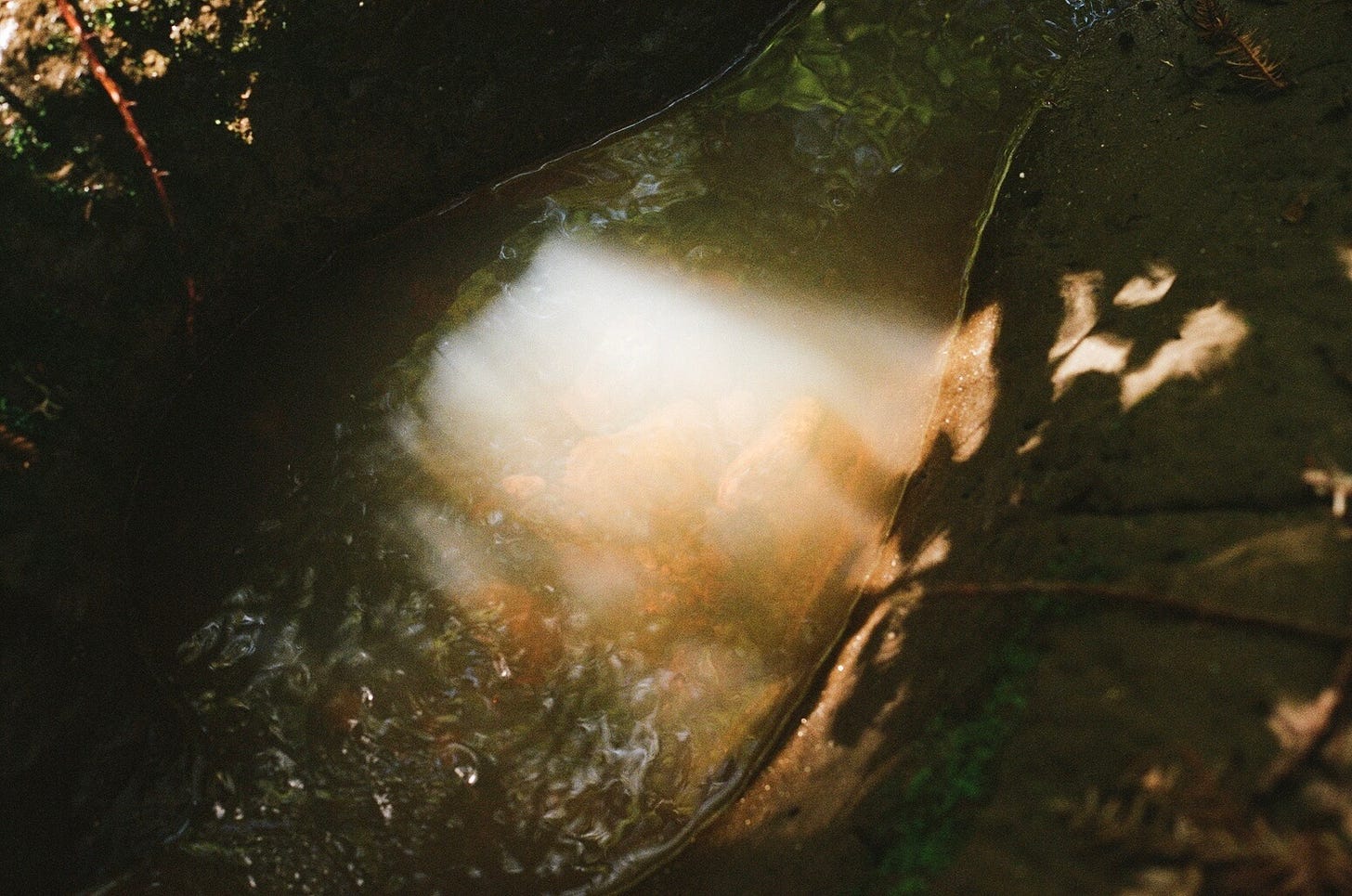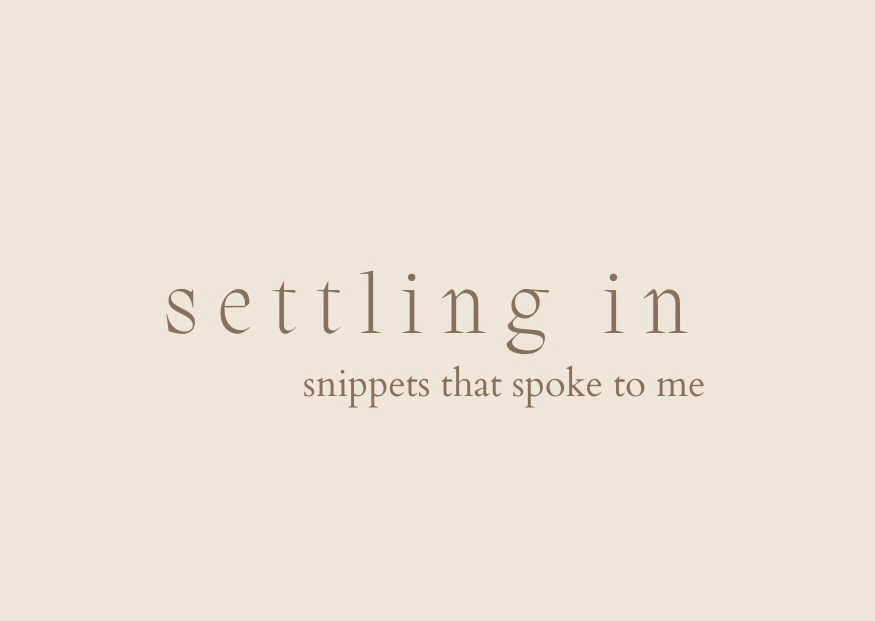For a long time, I’ve been angry.
It wasn’t until I was three-quarters through On Our Best Behavior: Seven Deadly Sins and the Price Women Pay to be Good, that I realized just how much anger has stayed in my body, long after I thought it had slipped out.
Censure for appearing visibly angry has deep roots: There is no realm, private or public, where women and girls get to work with their anger. We’ve been trained to make other people comfortable. We’ve been directed toward passivity and its implied dependency and victimhood….Because we cultivate no appropriate channels, this aggression finds its way out sideways. — Elise Loehnen
The chapter about anger hit unexpectedly.
I already know that women are not culturally permitted to be angry.
I’m familiar with what we teach young girls, and women of all ages for that matter: Silence is Golden.
A mix of overt comments and cultural conditioning has revealed, over and over, that anger makes women unapproachable. Mean. Bitchy.
Anger discredits our “true” nature: kind and soft-hearted.
When men are angry, they are passionate. Our cultural gaze ranges from admiration to toleration. Never contempt.
When women show rage, they are crazy. Unhinged. Out of control. The consequences for ripping off the proverbial tape are severe. Women are plastered with labels that discredit them and all their thoughts thereafter.
Angry women are the anti-feminine.
This narrative isn’t foreign to most female-identifying individuals.
But seeing it on the page, so eloquently and poetically outlined by Loehnen, brought it from intellectualization into lived experience.
Her words resurrected my anger.
It rumbled from deep within, sedentary for the past decade.
I shoved it down long ago, allowing it to surface infrequently, gasping for air, before quickly stuffing it away again.
As we choke our anger down, something is taken from us. Something that is ours — the opportunity to express our anger, and feel it, in a way that offers true relief.
I’m hesitant to write about anger, specifically my anger, for the same reason that women throughout history have had to choose between holding onto their femininity and expressing their outrage.
My own reflexes are proof of this.
When I see a woman enraged, my knee-jerk reaction is abundant with assumptions. My mind pounces: dramatic, unnecessary, entitled.
The calls are coming from inside the house, too.
Respecting anger, from all genders, is an active process of deconditioning; weeding out that which we never meant to take root.
For a long time, I swallowed my fury.
I tucked away the injustice of it all and quieted my disbelief with the turn of a few phrases —
Everyone has hard difficult relationships. Everyone has endured trauma. Many people have had it so much worse. There’s no need for me to do anything. After all, it’s too late now.
In the direct aftermath, I was singularly focused on getting through the day. It never occurred to me that beneath the surface, simmering below my hurt, was rage. I denied its presence, as society had shown me to do, so it settled in for the long haul. Like stagnant water, unable to cleanse itself through movement, it grew murkier by the year.
I bought into the narrative that silence equates to maturity.
Per Loehnen: Good girls don’t fight. Good girls don’t yell. They certainly don’t drudge up the past and demand recognition.
Each year, like clockwork, my subconscious pulled me back — the emotional legacy of anger asking to be seen. When I paused to consider it, my cultural conditioning hummed with vigor. Be the bigger person. Get over it. What will come of that?
Because I never allowed my anger, I stayed angry. I stayed the victim.
Any mention of this person filled my body with a fast rage — a pool of shame, deep enough to drown in. An instant fight-or-flight response that my nervous system may never let go of — my body unconvinced of safety. My anger haunted my dreams & peered at me around unassuming corners.
I permitted my anger limited venues, in the form of venting to friends who had long past reached their expiration date for listening.
And despite their patience, it wasn’t what I needed.
The research is clear. Venting, while temporarily soothing, leads us further from where we want to be. It stirs the proverbial pot and sets us up for more anger in the not-so-distant future.
Anger wants real stage-time. It can’t be tempered with processing, lite. It deserves more than to be just the opening act for the main attraction: Happiness. Peace. Goodness.
A few days ago, and a decade later than I would have preferred, I allowed myself to express that anger. Not in spitting venomous words, but in giving a voice to my experience.
By way of refusing to stuff anger down for one moment later. By validating that chapter and speaking it into existence. That really happened. That really happened.
And just like that, my anger is ever so subtly, starting to soften.
There’s movement as it settles into the sweet space of recognition, carrying the calmness of someone who’s been seen after seasons of invalidation.
And while healing isn’t this neat or tidy, it’s a start.
After we reclaim our anger, we can begin to feel our way through it, often in the dark — two hands outstretched, stumbling into the unknown.
And where it leads, we can’t know.
But following our truth, identifying where our needs aren’t met, and reaching toward resolution and honesty can only bring us forward, into the light.
until next time,
〰️ amy
A local organization to offer financial support to the people of Maui
The world’s largest wildlife crossing is underway in La
A Quite Moment with Whitney Barkman (specifically her most recent letter about photography & burnout)
Everything about Braiding Sweetgrass







What a powerful account - and way to be/relate with anger. Thanks for sharing your story and experience.
thanks for your writing, Amy! i was so angry these days (at me and others), and this was like a hug <3